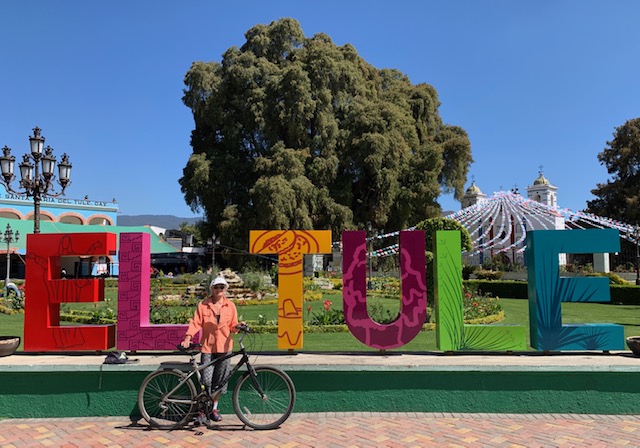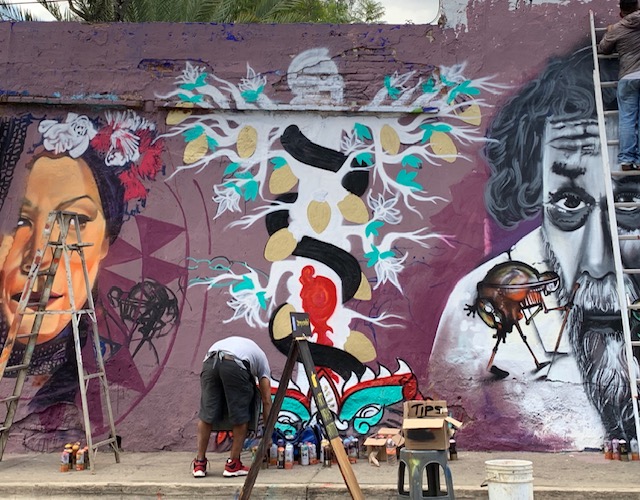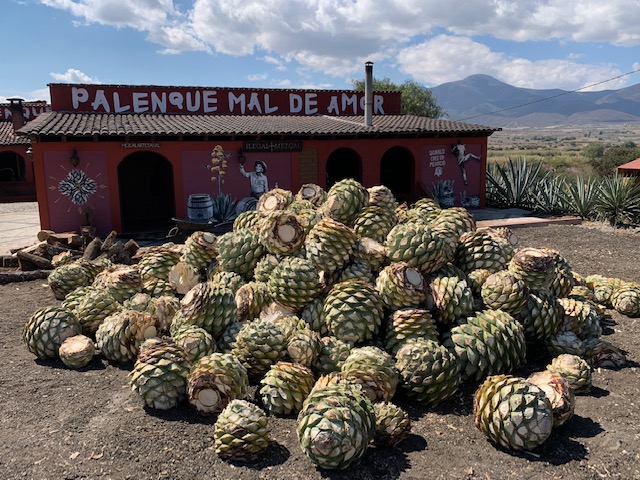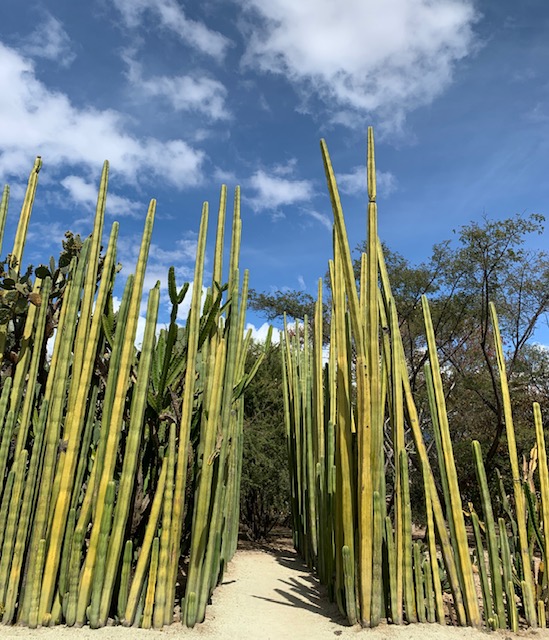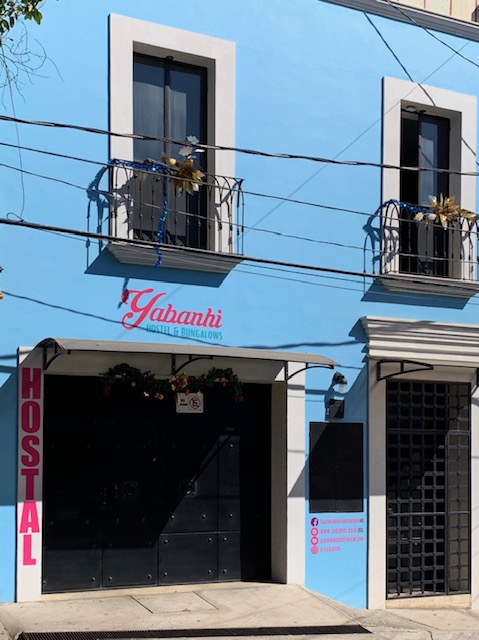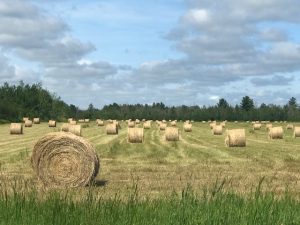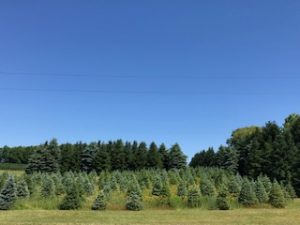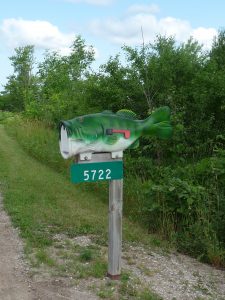High in the mountains of Mexico is a mystical place. Stepping through a time portal, I crossed the threshold of the Lunatic café in San Mateo pueblo.

Transported back to the 60s – dreadlocks, barefeet, young and old hippies, space cookies, magic mushrooms, wood tables and painted walls.
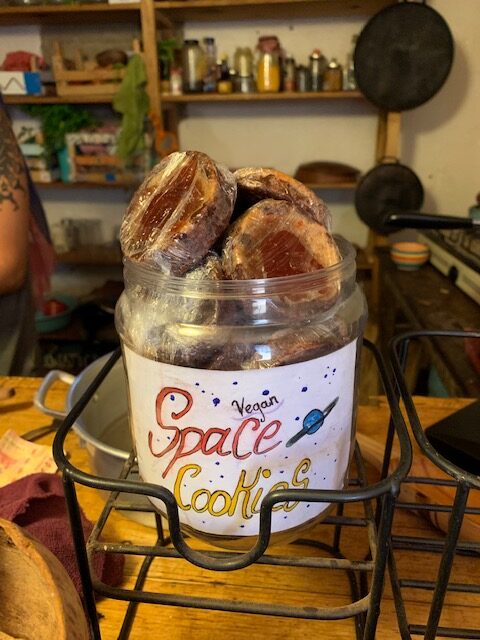

Our personal chef and owner of the Lunatic Cafe, Jorge, cooked up a scrumptious trucha fresca while simultaneously entertaining us with stories of the pueblo, past lives and local shoom lore.

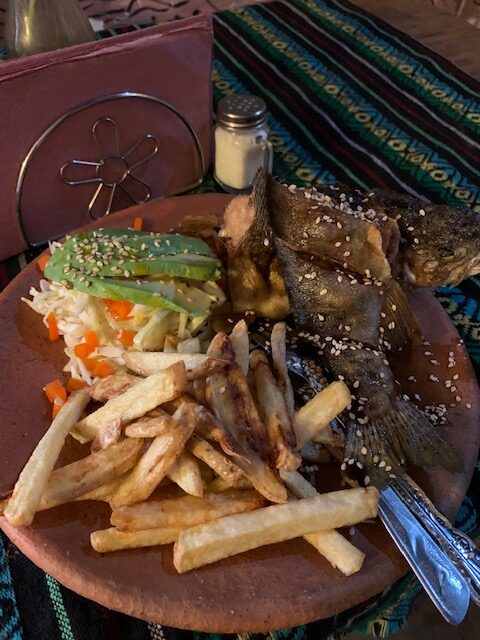
Plus it was market day in San Mateo. Definitely an off-the-beaten-path type of place.


The small mountain pueblo of San Mateo is a several hour hike from where I was staying in San Jose del Pacifico. Nestled in the mountains at about 8000ft between the city of Oaxaca and the Pacific coast, San Jose del Pacifico is known as the magic mushroom capital of Mexico, and it lived up to its moniker.

Littered with old VW vans, wandering backpackers, small tiendas and shroom cookies, San Jose del Pacifico is an eye-blink as you pass through it during the 7-hour bus journey from Oaxaca to the coast.


Found a cozy cabana with a fireplace at La Puesta del Sol, met new hiking friends from Canada and spent a few days exploring the “high” places in the area.

The adventures just keep rolling.







